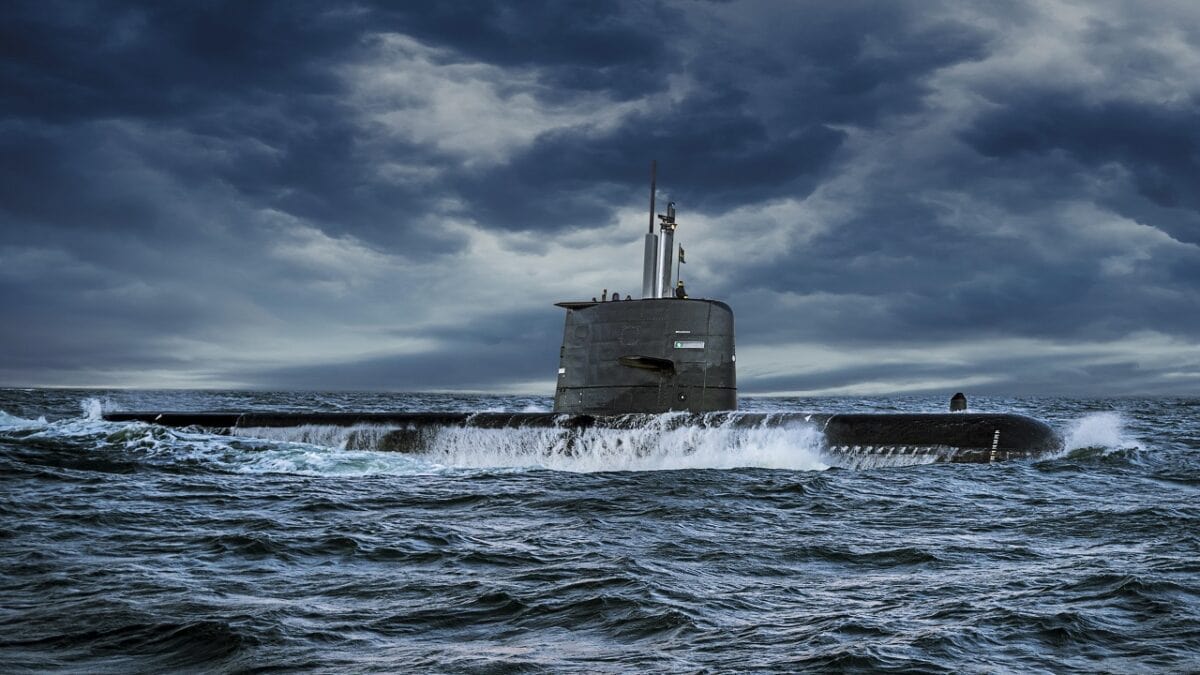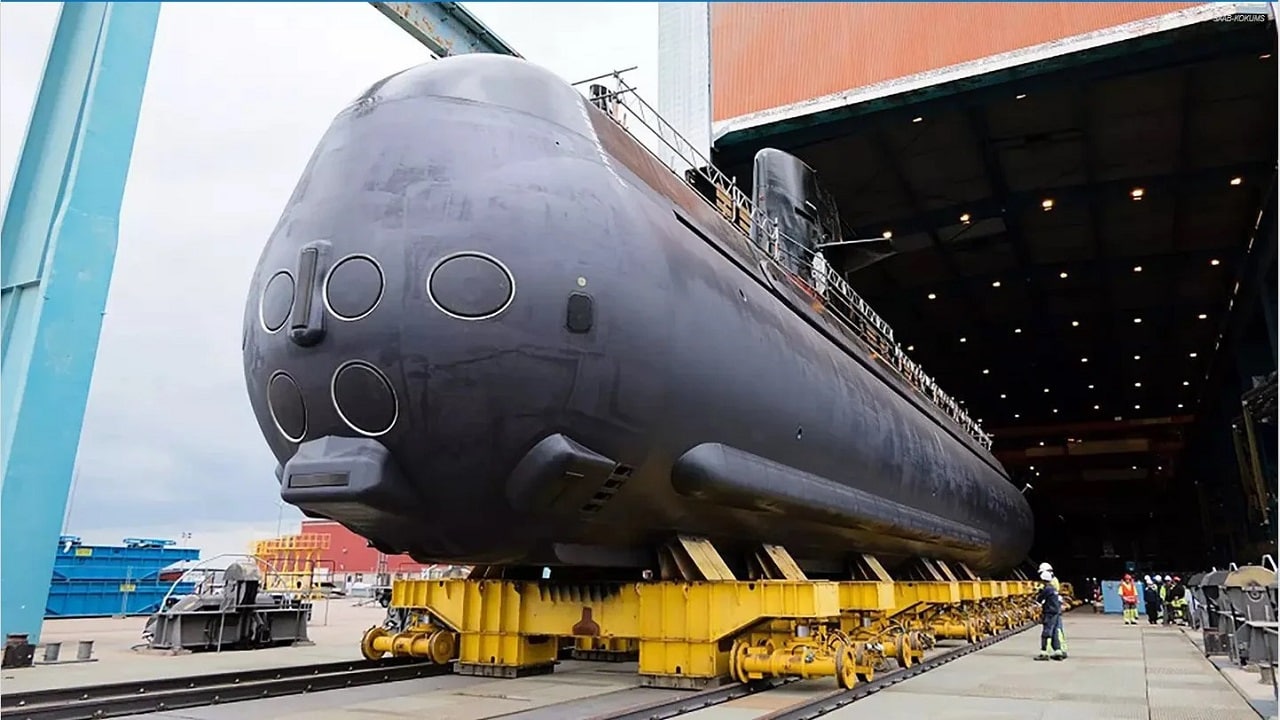Throughout the Cold War, the Soviet Union had the largest fleet of submarines in the world, as well as the largest in world naval history. Today, the Russian Navy is a shell of its former self, but its submarines are still considered capable and that is a fact that has worried NATO leaders for years. Soon, however, the international alliance will have another member state that will help counter Russia’s submarine force – namely Sweden.
It was announced in late June that Sweden, along with Finland, had been formally invited to join NATO, and that news coincided with the word that a keel-laying ceremony was held for HMS Blekinge, the first two of two A26 type submarines now on order for the Royal Swedish Navy.
“The submarine competence places Sweden among one of few nations in the world with the capability to build modern and advanced submarines,” said Micael Johansson, president and CEO of Saab, the lead contractor on the A26 program. “The ceremony is not only a milestone for HMS Blekinge, it is also proof that Sweden has regained the capability. We are looking forward to when her sister HMS Skåne will follow in her tracks.”
The Keel Laying Ceremony for HSwMS Blekinge took place at Saab’s shipyard in Karlskrona. In attendance were representatives from the Swedish Navy.
The A26 program was formally launched in 2015 after FMV (Swedish Defence Materiel Administration) placed an order for two new-generation submarines for the Royal Swedish Navy. Each of the Blekinge-class boats will be 65m in length, and the modern submarines will have a surfaced displacement of 2,000 tonnes (2,200 tons). The boats will be equipped with a Stirling AIP, and can dive for more than 18 days. The standard complement will reportedly consist of 26 sailors but can accommodate up to 35 sailors including commandos and other passengers.
HMS Blekinge is expected to be delivered to the Swedish Navy in 2027 while the second submarine, HMS Skåne, is set to be delivered in 2028.
Stockholm’s Sub Force
In addition to the Blekinge-class boats that will eventually enter service by the end of the decade, Sweden currently has three Gotland-class submarines, which were built between 1992 and 1997. Stockholm is currently undertaking mid-life upgrade (MLU) modernization efforts on the submarines of the class, which will extend the service lives of those vessels. It was the first operational submarine class in the world to use air-independent propulsion in the form of Stirling engines which use liquid oxygen and diesel as the propellant.

Gotland-Class: Image Credit – Sweden.
The Royal Swedish Navy further continues to operate two of the original four Västergötland-class submarines dating from the 1980s, while two others were sold to Singapore. Two other submarines were also launched as part of the Västergötland-class, but have since been re-launched after an extensive modernization in 2003 and 2004 as the Södermanland-class. HSwMS Södermanland (Söd) and HSwMS Östergötland (Ögd) are expected to remain in service at least until the Blekinge-class are commissioned.
All of Sweden’s submarines will likely play an important role in countering Russian aggression in the Baltic Sea, which is soon to be a NATO-controlled lake.
Now a Senior Editor for 1945, Peter Suciu is a Michigan-based writer who has contributed to more than four dozen magazines, newspapers and websites. He regularly writes about military hardware, firearms history, cybersecurity and international affairs. Peter is also a Contributing Writer for Forbes.

